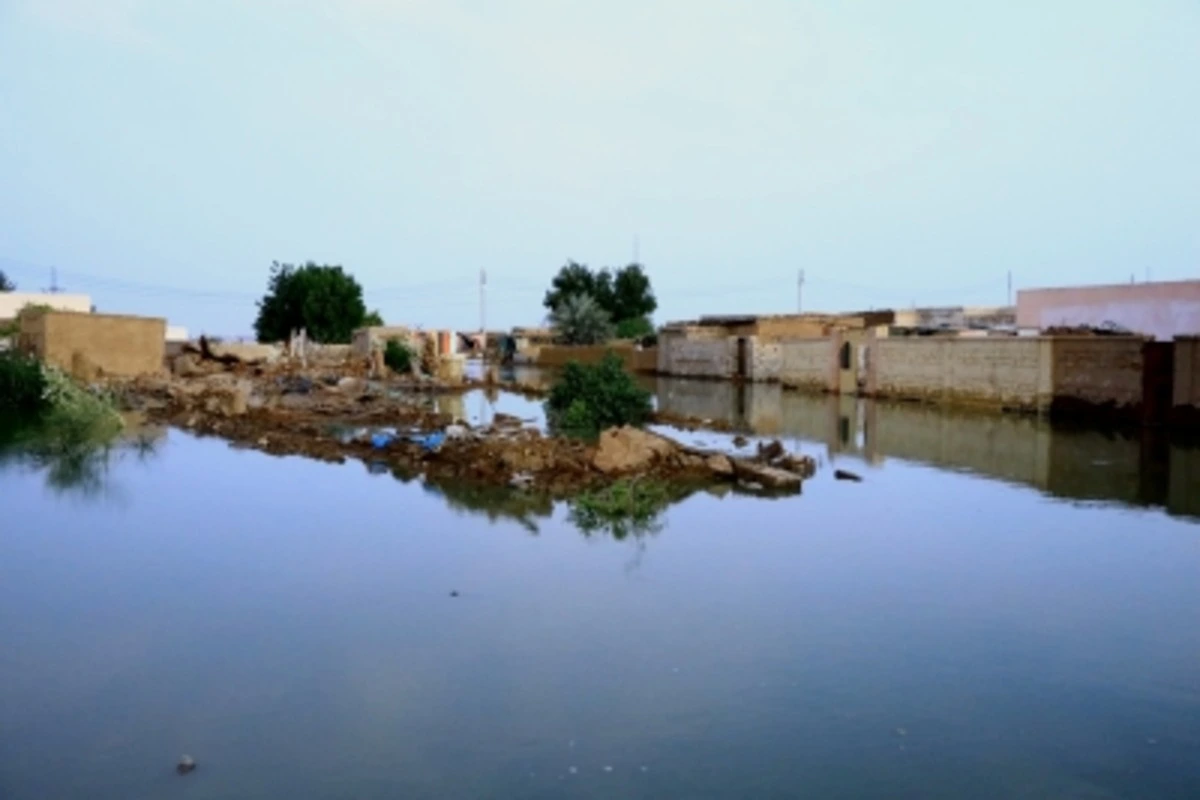
Flash floods triggered by heavy rains have affected at least 472,000 people across 26 of South Sudan’s 78 counties, the UN relief agency reported. The UN Office for the Coordination of Humanitarian Affairs (OCHA) revealed that the floods, which began in May, have wreaked havoc on homes, destroyed crops, and disrupted education and health services. The floods have also hindered access to essential facilities, heightening the risk of disease outbreaks.
OCHA’s flooding update, released in Juba, the capital, warned that the situation is likely to worsen vulnerabilities, particularly in remote communities with limited access to humanitarian aid. Predictions of above-average rainfall and record-level flooding from June to September have exacerbated the floods. The peak rainy season is expected to impact up to 3.3 million people nationwide between September and October.
Also Read: Kamala Harris Defends Shifts In Policy Positions During An Interview
Controlled water releases from Lake Victoria have compounded the ongoing severe flooding by significantly raising Nile River levels. Humanitarian partners are working quickly to provide life-saving assistance to those affected.
Regions such as Northern Bahr el Ghazal, Warrap, Western Bahr el Ghazal, Jonglei, Unity, Upper Nile, and Central Equatoria are struggling with the effects of previous floods, ongoing conflict, displacement, and food insecurity, all while grappling with the broader regional impacts of the Sudan crisis.
Displaced individuals are finding shelter with relatives, in public facilities like schools and churches, or in the open along roadsides. There has been a rise in cases of malaria, respiratory infections, acute watery diarrhea, and snakebites.
On August 20, South Sudan’s Ministry of Water Resources and Irrigation issued an urgent appeal for residents in low-lying areas along the Nile River to relocate. Water levels at the Mangala Telemetric Station in Juba County have reached a five-year high.
To read more such news, download Bharat Express news apps






















